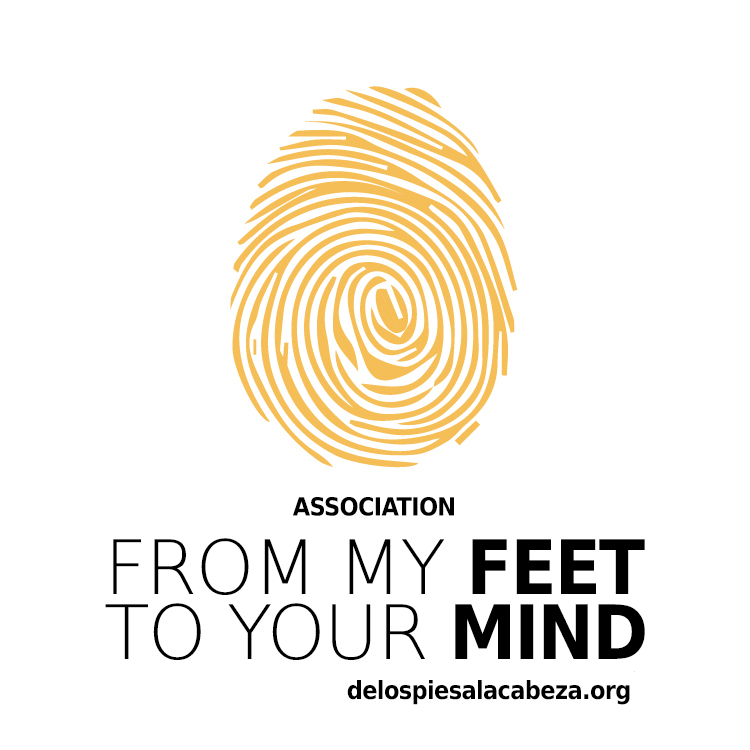The worst decision is that which is never taken
Decision-making should be at the top of our daily workout routine. A task often feared, it would work its way into our affections if we understood it as we are going to explain it here: a big muscle that allows us to go forward on our own path, without needing too many guides and without suffering paralysing fear. As such, it must be worked with intent and without fainting, without pauses or haste, sustainably and even progressively. How can you do this? What is the best exercise for this? Take decisions.
Sometimes, or quite frequently even, we choose not to take a decision because we are not sure if it is the best one or not. Each case deserves a study in itself, but the macro-statistic gives us two headlines: the perfect decision does not exist and the worst decision is that which is never taken. The first headline is sustained because all decisions lead to another, of the same importance or different but always to another. And here the headline builds up into a sort of subtitle: the decision will turn out to be good or bad depending on the decision that is made after it. Even a decision that in others’ eyes seems a bad one or a very bad one, can stay afloat or even prosper with the decisions made in the near future.
Let’s look at some specific and well-known examples. For those who don’t know, we can take a stage in the life of Javier Hernández Aguirán, from whose inspiration this Association has sprung. One could say that his decision to distance himself temporarily from the world of journalism might not have been a good decision at the time and taking into account all that he had achieved since he was a child to get where he was. If Javier’s next step had been to lie back and do nothing at home indefinitely, then he would have done justice to the ominous forecasts that so readily had been given to him. But thanks to this rather cloudy decision, others followed on: trying to get classified for the London 2012 Paralympic Games (he didn’t only do this but he went on to complete a time trial without precedent in the modern world: having started to train at 30 years old and participating in a paralympic final only 3 years later), obtaining the official licence to drive with his feet (he is only the 3rd person in Europe to do so) and various other landmarks which in the same way as the one above, stem from the first of all – the one which he took as a child and that we recommend for everyone: live from your head to your feet (or from my feet to your mind).

